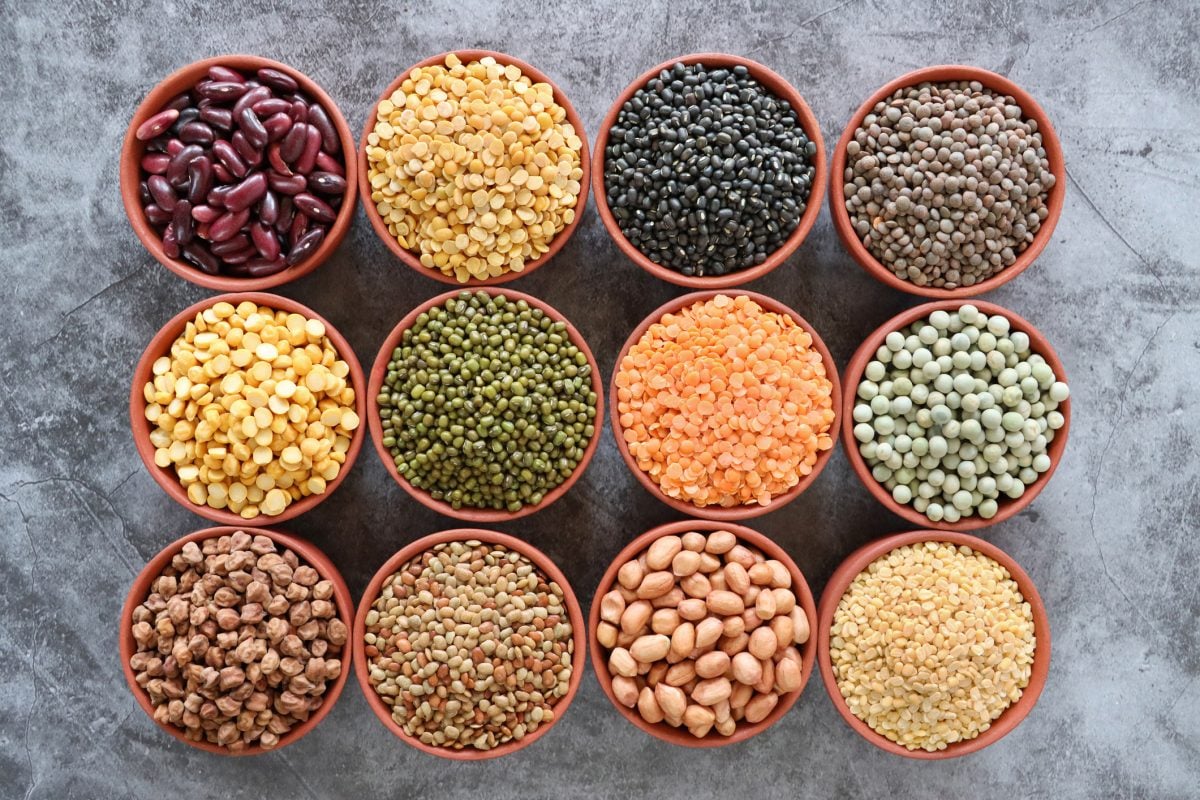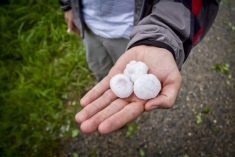It’s late in the growing season, but there is still time to scout wheat crops for disease. I first noticed serious disease in my midge-tolerant Goodeve wheat near Dundurn, Sask., not long after flowering.
It took me a while to figure out what was going on; I now know that these diseases are widespread in the Saskatoon area.
While I am a dirt-digging soil scientist and farmer, not a plant pathologist, I think the disease shown in the photo of a neighbour’s Carberry wheat is aster yellows (it hasn’t yet been confirmed by lab tests).
Read Also

Pulse Weekly: SPG looks back at harvest, ahead to trade
Saskatchewan Pulse Growers executive director Carl Potts said this year’s harvest had strong yields as the organization now works on international trade.
Yes, aster yellows can be a wheat disease, and doesn’t just impact canola. Aster yellows is not a fungus — there is no spray solution. To scout for aster yellows in wheat, look for a white head, with little or no seed. The flag leaf will be curled, with little left, or it may be gone. The stem will still be green in the early stages.
It’s easy to confuse aster yellows with fusarium head blight. All farmers know about FHB and what it can mean, especially in Manitoba. The thought of augering a wheat crop into the bush turns the stomach of any wheat grower. If you have head blight, the heads (or parts of the heads) will be white, but the flag leaf will still be intact, and the plant will still be green.
— Les Henry, a contributing columnist for Grainews and a retired soil science professor, farms and writes in the Saskatoon area.















